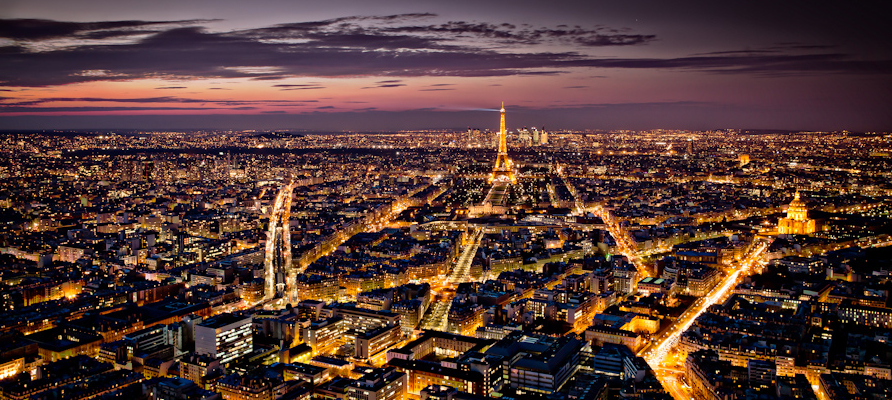|
By Nate Posey
Science fiction is a curious genre. Each and every written work has a certain level of time dependence with regards to its relevance; the biting social commentaries and polemics of one age become the quaint, historical oddities of the next, the groundbreaking scientific paper steadily fossilizes into the bedrock of canonical knowledge, and even the nominally timeless classics receive new meaning through the lens of contemporary mores. But science fiction is different. The modern reader, swept ever further downstream by the flow of time, still feels that, with enough historical diligence, the proper context of even the most ancient of works can be recovered, that if they peer closely enough, they can see Achilles the way he appeared to the ancient Greeks. The context may have drifted, but it is not lost entirely. For yesteryear’s speculative fiction, however, the context has been positively eradicated. As author John Crowley phrased it in a recent essay titled “The Next Future”: Science fiction shares methods and modes with other genres—boy’s adventure, gothic tale, fable, satirical allegory, philosophical romance—but from the beginning it gained extraliterary power from its prediction of actual marvels that were sure to come sooner or later. No other fiction, not even the tales of Darkest Africa or polar exploration, had that. Unlike its sister genre of fantasy, science fiction requires only a disingenuous suspension of disbelief, for even though a story’s fantastic technologies and events have not yet unfolded, they very well still could. It is this element of possibility, the source of science fiction’s “extraliterary power,” that simply cannot be recovered. While examining yesterday’s future today can be most amusing (as I hope it has been), nothing quite compares to the analysis of yesterday’s future yesterday. Let’s take a look, shall we? A canvas view of present day Paris.The notion of an actual science fiction genre has been exceedingly fluid over the years, but most historians nevertheless recognize Jules Verne as the progenitor of the craft. Coming of age during the great industrial rebirth of France between 1848 and 1870, Verne seized on the dizzying pace of technological advance as a vessel for speculative fiction, a view of a future substantially different than the present. Naturally, all fiction is first and foremost a form of art, and, indeed, most of the master’s best known works are remembered more for their gripping narratives and characters than for their predictive prowess, but this was not the case with one of his earliest works. Written in 1863 but never published until 1994, Paris in the Twentieth Century represents perhaps the most diagrammatic and predictive of Verne’s novels. The book follows the exploits of the young Michel Dufrénoy as he struggles to realize his artistic passions within the extravagantly mechanized technocracy of 1960’s Paris. Many of Verne’s predictions are not without a degree of prescience; his description of the streets of modern Paris is in fact imminently recognizable: What would one of our ancestors have said upon seeing these boulevards lit as brightly as by the sun, these thousand carriages circulating noiselessly on the silent asphalt of the streets, these stores as sumptuous as palaces… these glittering trains, which seemed to furrow the air with fantastic speed (26). However, the reader loses considerable faith in Verne’s crystal ball due to several glaring anachronisms. The upper class of Verne’s 1960’s Paris is waited on hand and foot by an entourage of butlers and servants, and the clerks of the prestigious Casmodage and Co. Bank still scribble down account figures with feather quills. More than anything, however, the modern reader will find the entire feel of Verne’s envisioned future, a world without war, without news, and utterly without passion, positively alien compared to the actual tenor of the 1960’s. Of course, the dedicated individual might still try to scour the periodicals of 1863 and screw up his eyes to catch a glimpse of Verne’s vision in its proper light, but the exercise would be one of futility. For all that can be learned of the work’s native context, the intervening history can never be unlearned, and Paris in the Twentieth Century will forevermore be yesterday’s future yesterday.
0 Comments
Leave a Reply. |
Categories
All
Archives
April 2024
|

